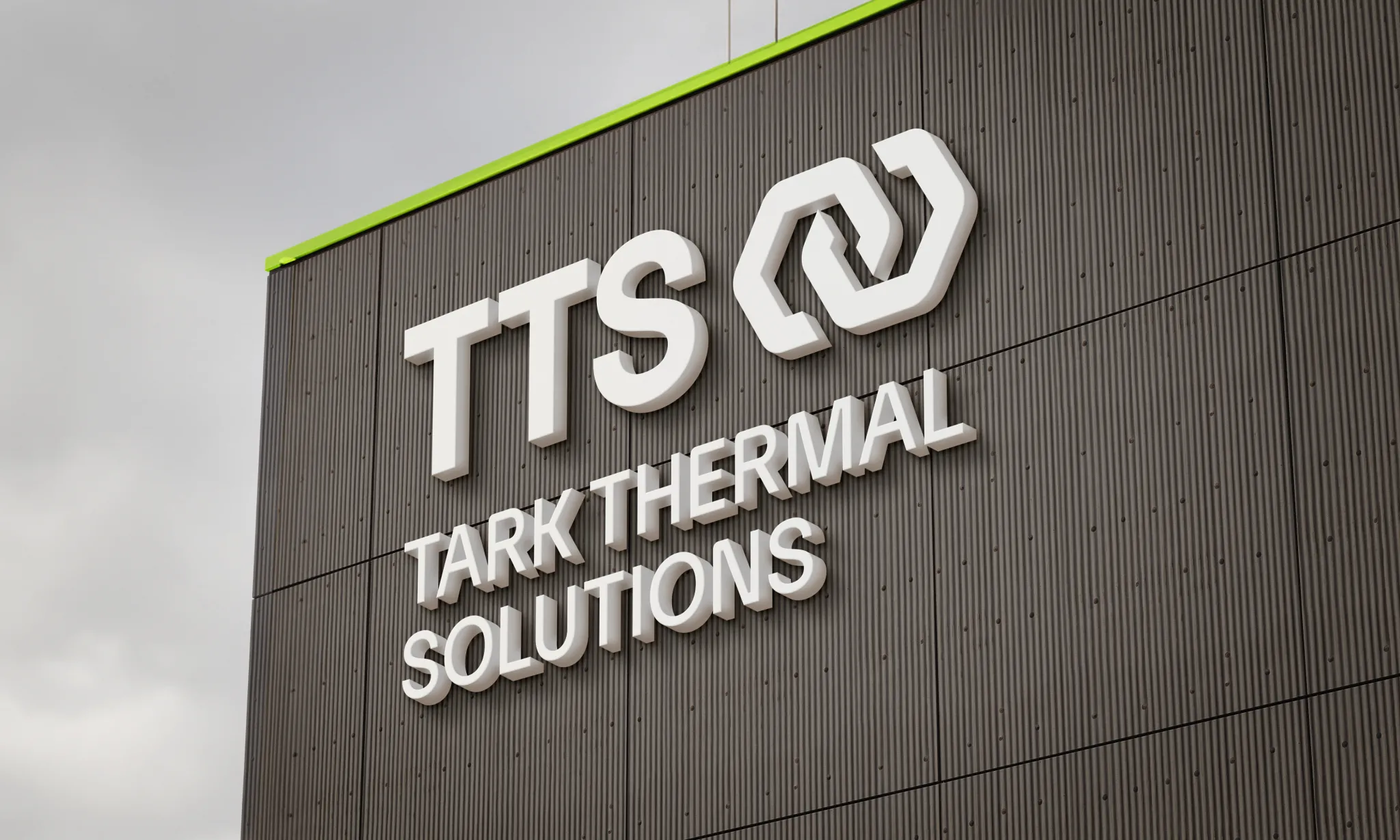Peltier Cooling for Machine Vision
Introduction
Machine vision is the replacement of human examination, assessment and decision-making with video hardware and software systems. The technology is often used for vision inspection, quality control, robotics, wire bonding and down-hole applications where machine vision systems obtain data from analyzing images of a specific process or activity.
